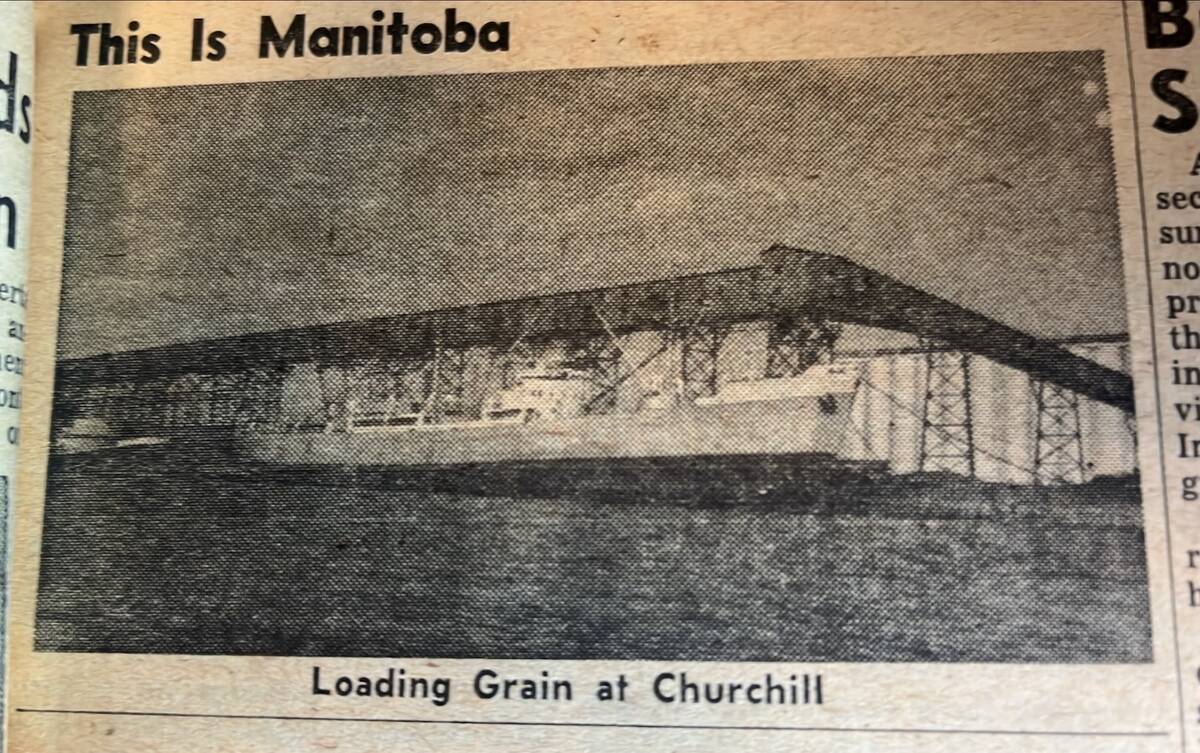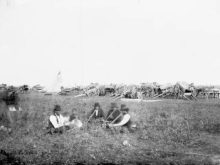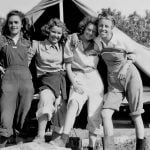I recently attended the International Federation of Agricultural Journalists annual conference.
This year it was at Olds College in rural Alberta. As one might expect, agriculture in all its forms was front and centre.
From autonomous sprayers to crop-scouting drones and everything in between, the future of agriculture on the Prairies was on full display.
Read Also

Calling all Co-operator readers
Hey farmers, we want to hear your Manitoba Co-operator stories: the articles that stuck out, the farm history you watched on our pages.
But also on display was an issue central to the past, present and future of this industry and our society – our often fractious, historically negative but increasingly hopeful relationship with the Indigenous peoples that were here before European settlement.
This poignant interlude in the event began with a short documentary film “Reserve 107: Reconciliation on the Prairies.” It tells the intertwined stories of the Young Chippewayan Band, Mennonite and Lutheran settlers to the area, and competing claims to some of the land surrounding Laird, Sask.
Predictably, it began with conflict. Indigenous citizens correctly claimed the land had been granted to them by treaty. However, scattered to the four corners of the Prairies by government policy, the band never took possession or residence. The federal government of the time eventually took back the land and opened it to settlement in the 1890s.
That set the stage for decades of low-level animosity. Rumours abounded in the Laird district of Indigenous claims on the land. Periodic protests by the Young Chippewayan underscored that they still viewed the land as their treaty right.
As one farm couple featured in the film noted, by the late 1970s and early 1980s, a lot of fear and anger had built up in the community.
If the story stopped here, it would be just another tale of division, distrust and deep-seated hopelessness. But it didn’t. Instead, it blazed a trail to reconciliation that the entire Prairie region could learn from.
It began with a meeting. In 2006, the Mennonite and Lutheran farmers of the Laird district and descendants of the Young Chippewayan treaty signatories met on Stony Knoll, a site sacred as both an important Indigenous spiritual site and as the original church site and graveyard of a local congregation.
Wilmer and Barb Froese, who farm on part of the contested land, were uncertain why anyone would show up to the gathering, since the interests of both sides seemed so polarized. But their trepidation disappeared soon after they arrived.
“When we drove up Stony Knoll that day, I was surprised to see so many cars there already,” Barb told the filmmakers.
“There was a big tipi on the site, there was a fire going, and people were milling about. Little old ladies were setting up their chairs, and everyone had food set out. There was just something bigger than we were, at that meeting. There was just something that was beyond us, and that just quieted things down in me. It went from the head to the heart.”
As the meeting drew near, Gary Laplante, a Young Chippewayan descendent, said there was plenty of trepidation in the Indigenous community too.
“When we first reached out to the Mennonites and Lutherans, honestly, we didn’t know what to expect,” Laplante said. “We thought ‘are they going to grill us and make us feel bad?’ a kind of ‘why don’t you guys give it up already?’ kind of attitude. We found out later, they were kind of thinking that too. They were apprehensive as well.”
But from that meeting came mutual respect and a formal agreement that the two groups would work to right a historic wrong.
It’s unclear what that final resolution will look like, but it’s fair to say that times have changed in the Laird district. Rather than two groups of angry and resentful people staring at an intractable problem, there appears to be a community emerging that includes both worlds.
One of the more striking interviews in the film involves two men — George Kingfisher, Young Chippewayan hereditary chief, and Ray Funk, a Mennonite landowner in the area. It opens with the two talking, laughing and frying up a bit of fish, likely caught from the nearby North Saskatchewan River.
“I’ve noticed we get along pretty good, you and I, it’s peaceful,” Kingfisher tells Funk. “When you’re going to do business with another group of people, you do it peacefully. We’re doing something peacefully here, on both sides. That’s how it’s supposed to be.”
The film offers something that might sometimes feel impossible – a sliver of hope.
It doesn’t have all the answers, but it’s well worth a watch, and is freely available online at reserve107thefilm.com.















